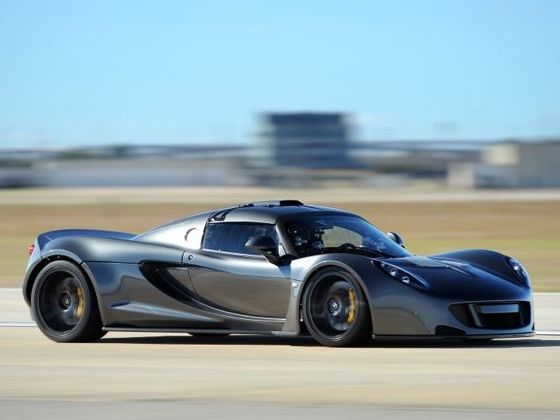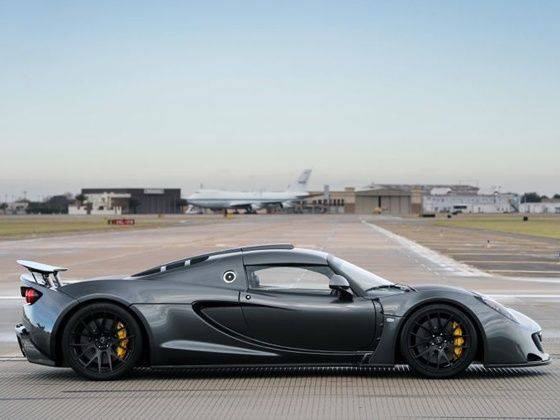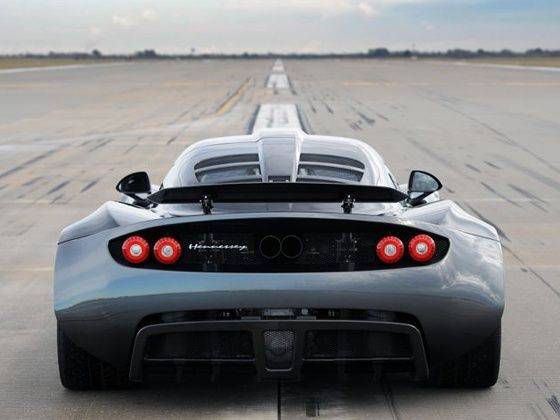
India’s second largest truck maker, Ashok Leyland today launched two new products, the Partner truck and Mitr bus, expanding its LCV range and plugging the gap in the 3.5-7 tonne LCV segment that sits above the Dost LCV. The Partner is priced at Rs 8.89 lakh and the Mitr is costs Rs 12.49 lakh, all prices ex-showroom Chennai. These new products will be showcased at the 2014 Indian Auto Expo next month. ALL has a fresh line-up for this year’s Expo. It includes the Boss and Captain truck range that was recently unveiled and also a luxury variant of the Stile.
Commenting on the new products ALL will be displaying at the Auto Expo, Dr V Sumantran, Vice Chairman ALL said, “I think with this Expo we will complete our trilogy. We had the Dost, the Stile and now we will show the Partner and its twin product, the Mitr Bus. Three platforms that will fill up our LCV range.”
After the Dost and the Stile, the Partner and Mitr are the latest additions to the Ashok Leyland range from the ALL-Nissan joint venture in India. With these new products, ALL is also bringing the ZD30 diesel engine used in LCVs by Nissan. The engine produces 120PS of power and 320Nm of torque. ALL says that over 97 percent of the vehicle is built by sourcing components locally and that includes the engine parts.
The Partner is based on Nissan Atlas LCV. The Atlas platform is manufactured by three manufacturers – Nissan, UD Nissan Diesel (owned by Volvo) and the Renault-Nissan Alliance. The Partner LCV at launch comes in a 6-tyre version with a choice of two wheelbases – 2850mm and 3350mm. A 4-tyre 2760mm wheelbase variant will follow soon. The larger Partner has a rated payload of 4 tonne and a GVW of 6.6 tonne. Power steering is standard and air-conditioning is optional.
The Mitr bus has been launched in 27 seater configuration in the six-tyre version. A 16 seater four-tyre Mitr will follow soon which will also get air conditioning. The Mitr will be available as a school bus and staff bus. Both products will go on sale as BS3 and BS4 versions.










